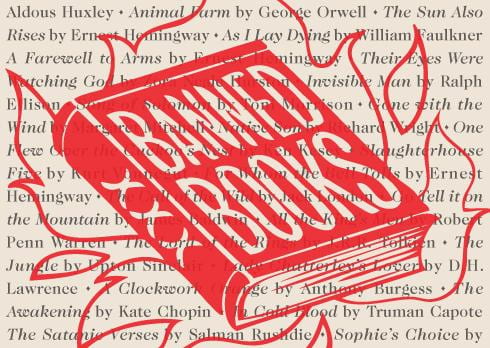Table of Contents
Up in Smoke: Burning Books
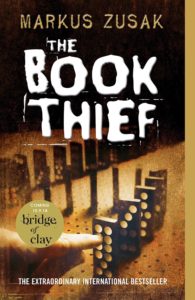
|
Markus Zusak’s brilliantly creative The Book Thief (Alfred A. Knopf, 2007) is set in Germany in World War II and narrated by Death. Here Death tells the story of the book thief, Liesel Meminger, living with foster parents Hans and Rosa Hubermann near Munich, who steals books from the Nazi book burnings and reads them to neighbors during the bombing raids and to Max, the Jewish man the Hubermanns are hiding in their cellar. A must-read for ages 12 and up. |
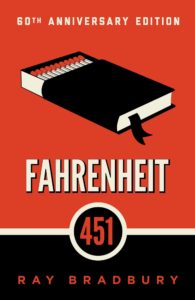
|
In Ray Bradbury’s Fahrenheit 451 (Simon & Schuster, 2012), originally published in 1953, Montag, the main character, is a fireman – that is, a bookburner – and the temperature of the title is that at which paper goes up in flames. Montag’s wife Mildred, like the rest of society, devotes herself to soap operas on wall-sized TV screens; and books are forbidden, being deemed disturbing, disruptive, and dangerous. Then Montag meets a neighbor, Clarisse, whose unconventional ideas cause him gradually to change his beliefs. Soon he has become a clandestine reader; and by the end of the book he has fled the city and joined an underground band of rebels, devoted to preserving literature. A classic for ages 12 and up. |
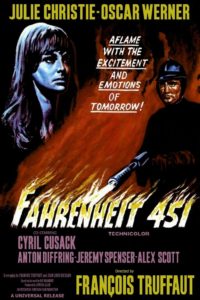
|
Also see the excellent 1966 film version of Fahrenheit 451, directed by Francois Truffaut, starring Julie Christie and Oskar Werner. |
| See this Fahrenheit 451 Teacher’s Guide with plot summary, discussion questions, and activities. |
|
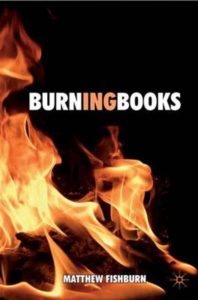 |
Matthew Fishburn’s Burning Books (Palgrave Macmillan, 2008) is a history of book-burning, with particular emphasis on the iconic Nazi book-burning of 1933. For older teenagers and adults. |
| Fishburn also maintains a blog, Burning Books, tracking book-burning incidents (and other forms of book abuse). | |
| From The Guardian, Book burning: fanning the flames of hatred is a brief essay on the history of book-burning. | |
| “Reasonable people…do not burn books.” From the New Yorker, see the essay Heated Debates, Burning Books. |
